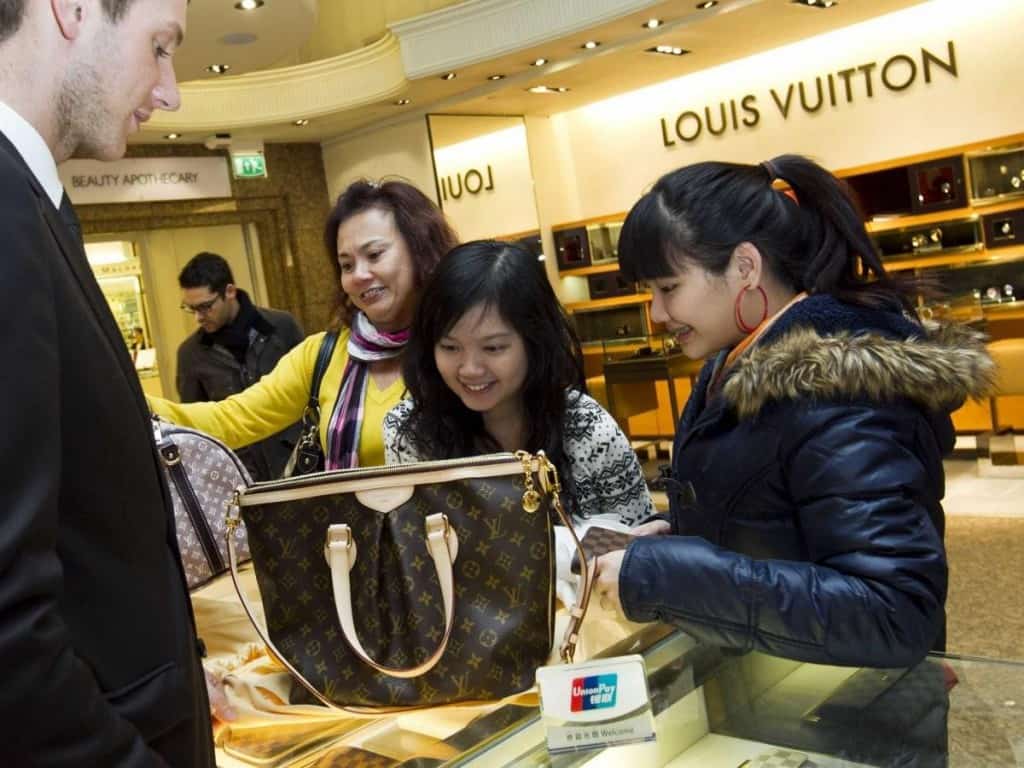Chinese tourists are the biggest spenders in the world!
Tourists from mainland China reach first place worldwide for expenses incurred when they are traveling. This is the fourth consecutive year according to Global Blue statistics.
Substantial expenses
Spending by Chinese tourists rose 3% from the previous year and this also represents 10 points of difference with Russia, which ranks second place. While growth for expenses on Chinese tourists has been significant (20%), it has nevertheless slowed the last two years, from 59 to 57%. Moreover, the expenditure also decreased by 7%.
Around 50% of their budget is spent on shopping
According to Le Figaro, a Chinese tourist spends on average 5,400 euros during his stay in France and almost half of its budget is reserved for shopping. France is the first tourist destination in the world with about 83 million foreigners in 2013. But it also represents the place where Chinese tourists spend the most money. It even exceeds the US and its competitors are rather located in Asia, such as Hong Kong, Macao or South Korea. Why France attracts? Mainly because it is associated with recognized brands and a good quality. Moreover, Chinese tourists have not many days of holidays, thus they principally go in neighbouring countries.
Who are the tourists?
We are witnessing a new class of Chinese tourists. No longer are people of a certain age who travel in organized groups, but instead young people aged between 18 and 35 years. They represent 67% of Chinese tourists and belong to the new generation of Chinese born in the one-child policy. So they always had access to what they wanted, have been educated and have not really had any money problems. Thus, they can travel a little more and enjoy their trips to spend lavishly.
Chinese users reacts on Weibo
For some time, the behavior of China is being questioned abroad. Indeed, some Chinese tourists will allow oneself to open the exit door during a flight or take forbidden pictures in tourist resorts. Thus, the Chinese government has implemented a blacklist punishing actors of these actions. But Chinese netizens also react. On social networks, several Chinese demand strict action against these Chinese tourists who do not respect the rules and that damage to the reputation of all Chinese people. Through social networks, the Chinese communicate and condemn bad behaviour of their fellow citizens. This will allow progressively, improve China’s image abroad and prevent such incidents from recurring.
Chinese tourists represent a huge market. They are the biggest spenders and like shopping during their stay. Moreover, we have noticed a new trend in China, company bosses who organize trips abroad with their employees (read the full article here). Thus, this type of trip is a huge issue for foreign countries. It is important to welcome them because a group of Chinese tourists represent a great opportunity for the countries that host them. Chinese happy with their stay can later share their experience on social networks and this will allow other Chinese to travel too.
Do you want to know how to attract Chinese tourism? You can read this article.
Follow our latest news at Chinese tourist agency








